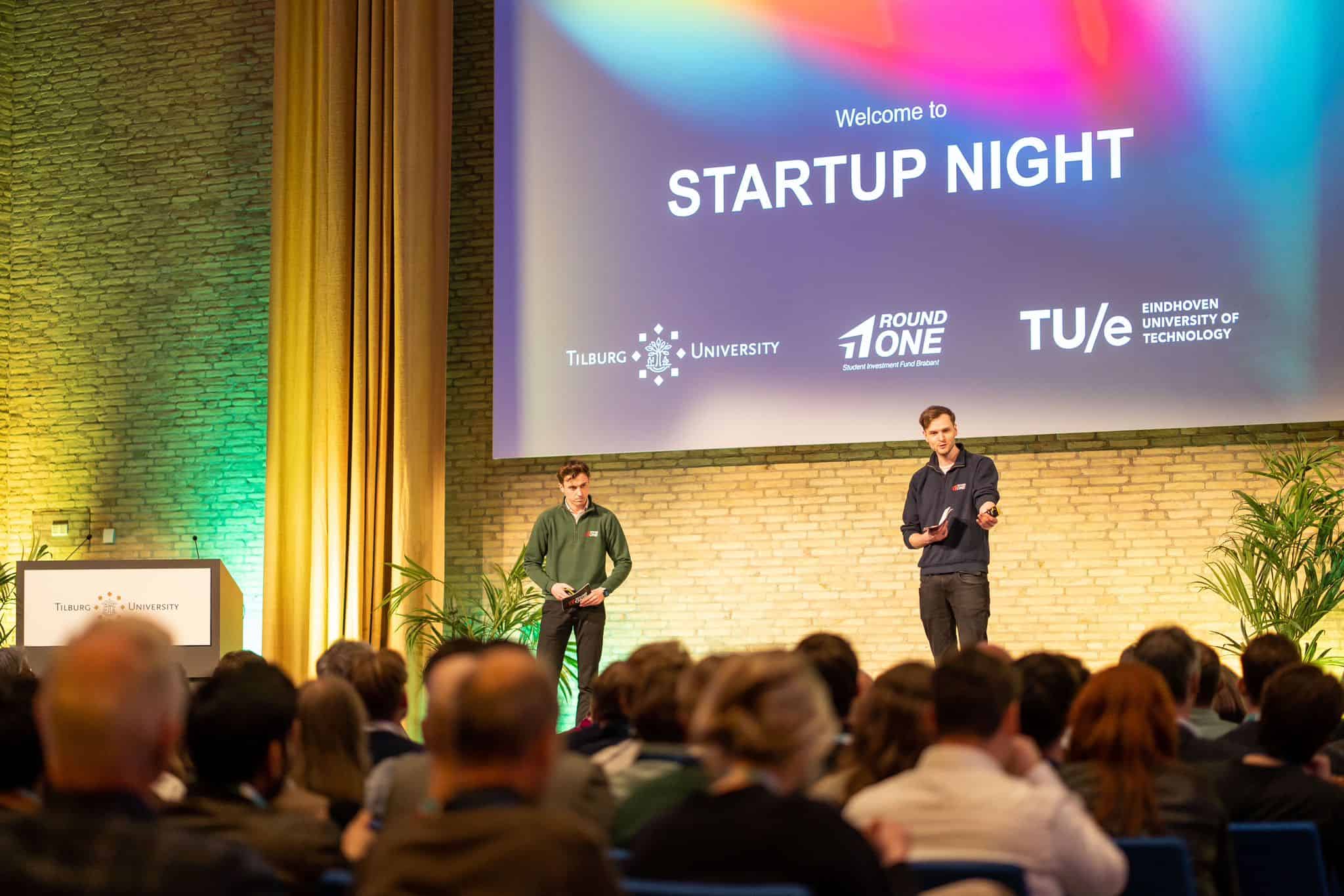
What would it be like to be able to understand any foreign language just like that? Would you be able to perceive language other than through sound? Or even better, what would it be like to add a sense to human capabilities, says Mariia Turchina, bachelor student of applied mathematics at Eindhoven University of Technology (TU/e). Less than a year ago, she and fellow student Victor Brouwer started the student team HART: Human Augmentation Research & Technology. Last month, the team put the finishing touches on their proof of concept: A sleeve that allows you to feel words.
Superheroes
Even as a child, the Russian Turchina found superheroes like Iron Man and Spiderman very interesting. “They could do anything,” she says. She is also very interested in the field of brain machine interfaces, which entails computers classifying brain signals and turns them into actions. “I’ve always wanted to improve human capabilities.” Turchina wants to use ‘human augmentation‘ to enrich experiences and improve the efficiency of our lives, “without taking away our humanity.”
The first step taken by the team to improve human senses and create new ones in the future, is the sleeve for understanding foreign languages. Turchina: “We want people to be able to perceive all languages in the same way. So that there is more understanding towards one another.” To do this, a foreign language was translated into English. The students transformed those English syllables into vibrations. By means of vibration motors on your skin, you feel those vibrations and learn to interpret them. “That’s how you recognize the words and know what the other person is saying,” she explains.

Fingertips
Earlier PhD research at TU/e dating back to 1991 inspired the students. In which “a deaf test subject said he had the impression of hearing speech.” In this research, sound was converted into a vibration pattern on the fingertip of a deaf person. This enabled him, in combination with lip reading, to perceive sound. With 5 to 10 hours of training, deaf subjects were able to recognize words significantly better.
“Your brain itself does not hear, see or feel anything,” Turchina points out. “The brain only receives a number of electrochemical signals. It takes time to recognize patterns from those signals. When you learn a new language, it doesn’t really matter where the signals come from. Whether it’s these vibrations or signals through your eyes or ears. For the brain, it’s all the same. That’s also why people can learn a language by feeling and not just by hearing.”
The team has grown from 2 to 14 students from a variety of study backgrounds since last year: Applied Mathematics, which Turchina studies, but also psychology & technology and industrial design, among others. They work in different groups on the hardware, the physical sleeve and the software, and the translation into physical vibrations.
No limitations
The sleeve is far from ready for the market, emphasizes Julie Hamoen, a student of Industrial Design and Mechanical Engineering. She joined the team in January and is working on the software and hardware side of the first prototype, among other things. She is also interested in the capabilities of the human body and ways to enhance them. “I would really love it if no one was disadvantaged in comparison to others. That everyone could start at the same level. That there are no limitations, either due to language or anything else.”
According to Hamoen, the greatest challenge is that “we can only use electronics that currently exist.” There are limitations to that and sometimes we would like to work without those limitations. But then we have to design our own electronics.”
The team is using vibration motors at the moment. But these break down very easily, says Hamoen: “You can’t have that if you want a product that works well. So we are looking at other motors, such as tectonic speakers. Those, however, have other kinds of limitations.”
Turchina works mainly on signal transformation. “We adjust the data so that the skin recognizes it. The biggest challenge in this is how to make data groups generic. And that a signal is sent to the skin without any time lag.”
Not just implants
The team consciously chooses non-invasive applications where human augmentation is concerned. “When people think of human augmentation, they often tend to think of surgical procedures,” says Turchina. She believes it is important to change perceptions surrounding the technique. “The technique is not the focus, instead it’a about the potential that it offers. We hope that people will eventually see human augmentation as a good option and that they can gain something from it. And not that they are just implants in the brain.” Owing to corona, plans for more testing and market research cannot go ahead as yet. “But once it is allowed again, we will start talking to even more people.”
Ultimately, HART wants to create an online platform where people can download new kinds of sensory perception. That sounds futuristic and robot-like, but that is not the way Turchina sees it. “I don’t like the word robot. It is technology, artificial intelligence, that allows us to improve our minds. People remain people, with advanced instruments that are part of our body. Like symbiosis.”
Actually, it’s already happening nowadays, Turchina goes on to say. “Your smartphone is almost a part of your body. It’s always with you and it’s a tool that you consistently interact with. Except that you only use a smartphone with one part of your body, your fingertips. We’re trying to imagine what it would be like if you could use other parts of your body to take in more information more readily and more fully.”








